Rathaus Münster
Rathaus Munster
© Foto: Stadtarchiv Münster (Fotosammlung Nr. 1021)
DEU
à proximité de Münster
Télécharge images...
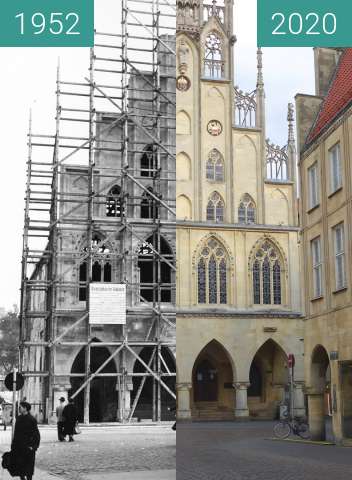
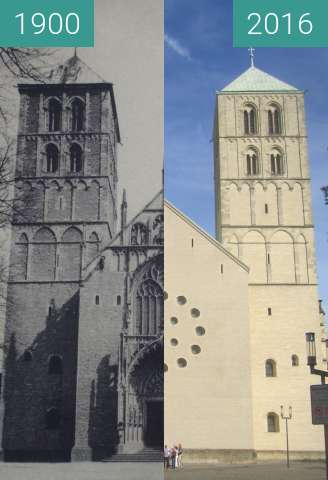
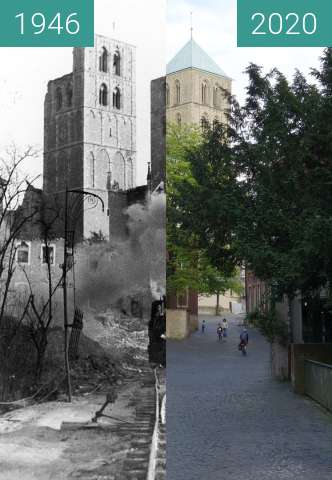
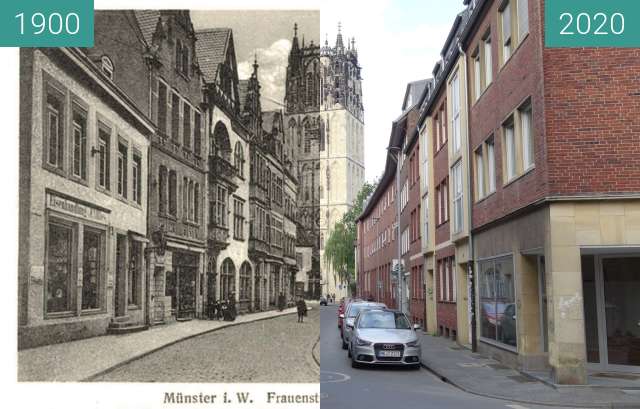


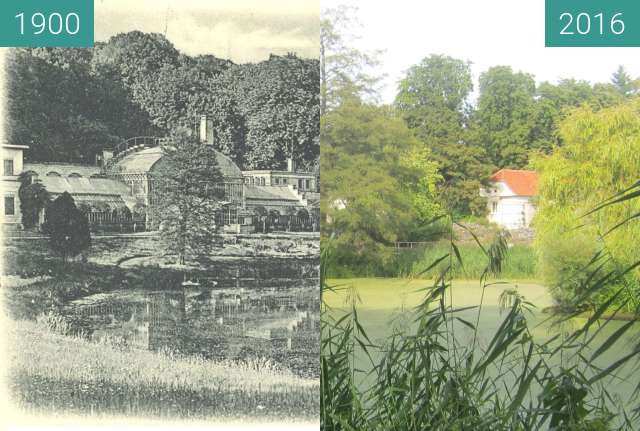
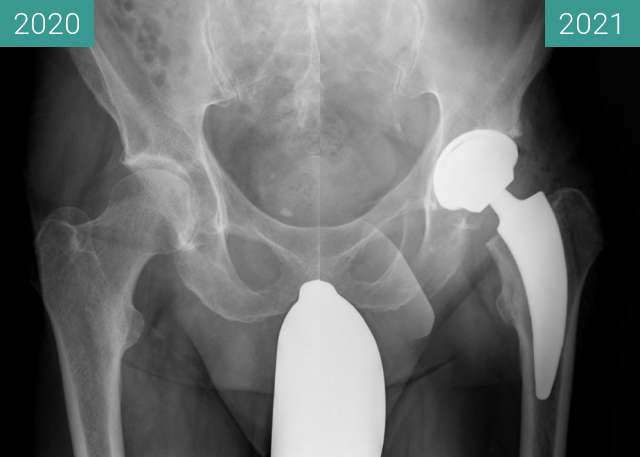
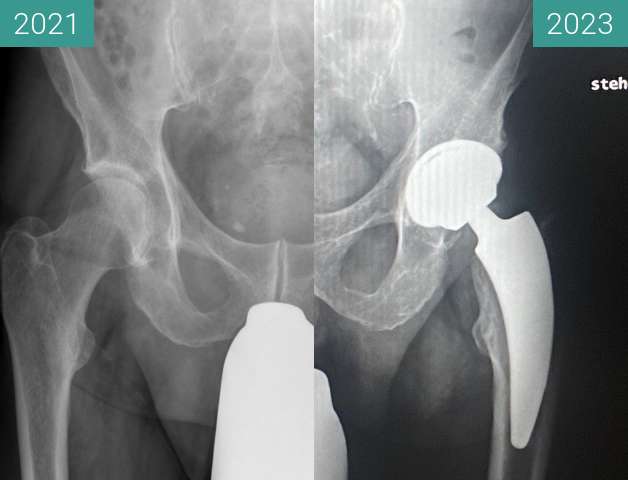
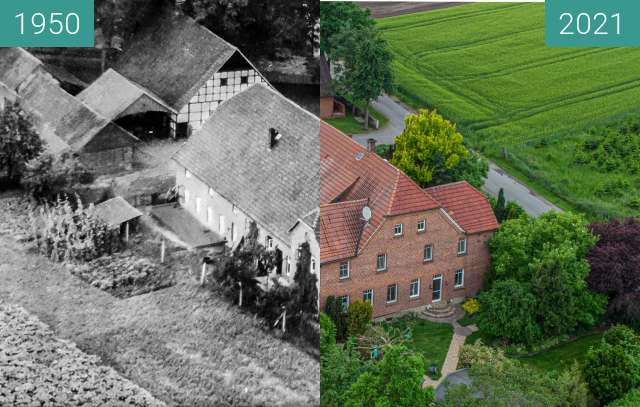
The Prinzipalmarkt in Münster around 1902. In the middle is the town hall, known for the negotiations for the Peace of Westphalia in 1648. It was largely destroyed in the Second World War and rebuilt in the 1950s true to the original. In comparison it can be seen that today's reconstruction is very close to the original, only a few proportions have been slightly changed.
To the left is the city wine house ("Stadtweinhaus"), which was added to the town hall in 1615 and is connected to it. Originally it was used for wine storage; today it houses boardrooms and a restaurant.
Le Prinzipalmarkt à Münster vers 1902. Au milieu se trouve l'hôtel de ville, connu pour les négociations pour la paix de Westphalie en 1648. Il a été en grande partie détruit pendant la Seconde Guerre mondiale et reconstruit dans les années 1950 conformément à l'original. En comparaison, on peut voir que la reconstruction d'aujourd'hui est très proche de l'original, seules quelques proportions ont été légèrement modifiées.
À gauche se trouve la maison du vin de la ville ("Stadtweinhaus"), qui a été ajoutée à la mairie en 1615 et qui y est reliée. À l'origine, il était utilisé pour le stockage du vin; aujourd'hui, il abrite des salles de réunion et un restaurant.